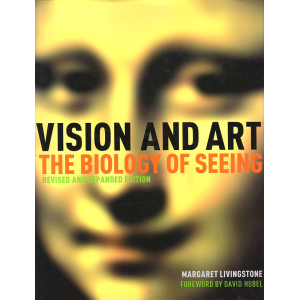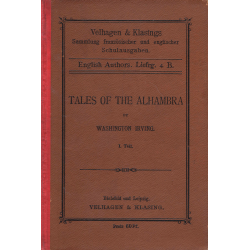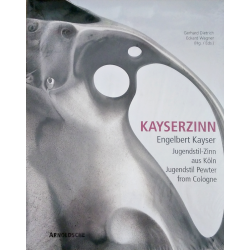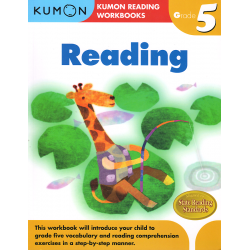No products
English
- ALL BOOKS
- Fiction
- Magazines and Newspapers
- Book of Travels
- Other Languages
- Theatre Plays and Screenplays
- Encyclopaedia
- Esoterics, Mythology, Mystery
- Music Books and Notes
- Comics
- Crosswords and Puzzles
- Kalendář
- Cookbooks
- Non-fiction
- Religion
- Professional, Educational, Manuals
- Astronomy
- Transportation and motorism
- Household and Creativity
- Economy and Finance
- Electronics, Electrotechnics
- Film and Photography
- Fyzika
- History
- Chemistry
- Medicine
- Math
- Legal
- Psychology
- Plants and Gardening
- Collecting
- Sports
- Tourism
- Education, Personal Development
- Agriculture
- Animal Breeding and Training
- Picture Books
- Leisure Literature
- Poetry
- Dictionaries
- Textbooks
- Art and Architecture
- Memoirs
- Health and Illness
- Autobiography
- BAZAROVÉ ZBOŽÍ
- CD and DVD
- ZNÁMKY A FILATELIE
- PRODANO
Viewed products
-

Vision and Art: The...
Since its publication in 2002, Vision...
Vision and Art: The Biology of Seeing (LIVINGSTONE, M.)
09204
Used
1 Item
Since its publication in 2002, Vision and Art by neurobiologist M. Livingstone has become the definitive text on the relationship between biology and art. In this new edition, Livingstone has added new ideas and three entirely new chapters. One new chapter examines how we see and process specific object categories, such as faces, for which we have specialized processing regions in our brains...
In stock
Data sheet
| Weight | 1319 g |
| ISBN | 978-1-4197-0692-9 |
| Language | English |
| Checked | book is complete, there are no pages missing |
| No. of pages | 240 |
| Year | 2014 |
| Condition | slightly worn and folded dust jacket, otherwise excellent condition |
| Hardcover/Paperback | hardcover |
| Publisher | ABRAMS |
More info
Since its publication in 2002, Vision and Art by Harvard neurobiologist Margaret Livingstone has become the definitive text on the relationship between biology and art. In this newly revised and expanded edition, Livingstone has added new ideas throughout the book, as well as three entirely new chapters. One new chapter examines how we see and process specific object categories, such as faces, for which we have specialized processing regions in our brains. Having these dedicated regions makes the way we see such things unique, and the consequences of this special processing have been explored in fascinating ways by many artists. The second new chapter delves into the dynamic between local and global recognition processes. For centuries, artists ignored the laws of physics in their art: For example, since our perception of depth is processed locally first, depth cues can be globally inconsistent, yet still create a satisfactory sense of depth. Similarly, in many paintings containing a mirror, often the reflection is physically impossible or shadows may cast in nonsensical directions—yet our visual systems overlook these inconsistencies. The third new chapter, formerly the epilogue, explores the links between artistic talent and learning disabilities, suggesting that characteristics that seem detrimental to one aspect of modern life may be an asset in others.
Throughout this latest edition, Livingstone has updated the text with new insights gleaned from her ongoing research and occasionally revises her own conclusions as she continues to study vision at the cutting edge of neuroscience. At its core, Vision and Art demonstrates that artists have often discovered how to take advantage of the ways our brains process visual information. To support this thesis, Livingstone offers a comprehensive account of the biology of vision, drawing on the history of science and her own discoveries. She explains cogently how the eye and brain translate different wavelengths of light into the colors and forms of the world around us. She then turns to art and delves into the science underlying various phenomena artists have nvented—from the mysterious allure of the Mona Lisa to the amazing shimmering effects of the Impressionists. Along the way, she shows how such techniques can be used to enhance the impact of advertisements and explores the different ways images work in paintings, in photographs, on TV, and on computer screens.
Accompanying Livingstone’s lively and lucid prose are many easy-to-understand charts and diagrams that clarify her points. Some of these illustrations are based on simple, elegant experiments that show us how our visual system translates light into information about the environment. Others demonstrate how cells in the retina code information and send it to the brain. Still others shed light on how great painters devise techniques to create sensations of depth and movement.


































